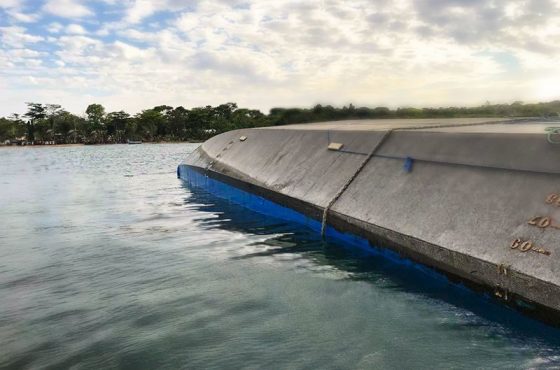SeaIntel: Shortage of Feeders by End of 2020
The phasing in of the new ultra large containerships in 2018-2020 is not matched by a commensurate injection of feeder tonnage, suggesting either an ordering spree of such vessels or a feeder shortage, SeaIntel Maritime Analysis said.
The larger vessels tend to result in a reduction of service frequency in the major trades to balance supply and demand. This leads to a situation where the networks with lower service frequency will continue to depend on feedering services – potentially even an increased transhipment incidence owing to the lower service frequency.
Presently the global fleet has 7.9 feeder vessels for each large vessel in operation.
However, approximately 9% of the feeder vessels will be in excess of 25 years of age in 2020, which are likely to be scrapped.
“With the current orderbook, and anticipated scrapping, this will decline to a ratio of just 5.4 by the end of 2020. The midsized vessels, between 5,000-10,999 TEU, also use some of the feeders today, and the phase-in of the new, larger vessels will simply be a replacement of some of these. We can, therefore, get a lower estimate by looking at the ratio of feeder vessels to not only large vessels but to the combination of large and mid-sized vessels. In this case, we find a less sharp drop off, although in 2020 we begin to see a decline even without the inclusion of scrapping. Once we include the effect of scrapping, we see a stronger decline,” the intelligence provider said.
At the outer extremes of the estimates, the global fleet will see a shortage of 400-1,200 feeder vessels by the end of 2020. According to Seaintel a“shortage” of 1,200 vessels is not likely – as the massive shortage is anticipated to increase TC rates to such elevated levels that scrapping will cease and cause the usage of vessels much too large for the job.
“It is clear that in the absence of any additional feeder vessel ordering, we will very likely see an increase in the premium for feeder tonnage – and this, in turn, will place further pressure on the pricing strategies for the carriers, where we will see the pricing spread between direct port-port pairs and transhipment products widen,” SeaIntel CEO, Alan Murphy, said.
Source: Worldmaritimenews.com



